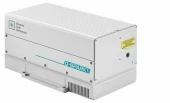Description
Q-SPARK is diode pumped, water-free, Q-switched laser designed for wide range of applications that require high peak power short pulses. Our innovative water-free laser crystal end-pumping technology allows to produce Gaussian-like, low divergence, high peak power laser beam in compact package.
Due to short laser cavity laser delivers up to 5 mJ at < 800 ps pulse duration or up to 10 mJ at < 1.5 ns pulse duration. Models with pulse repetition rates up to 100 Hz are available. Cost-effective version of the laser with passive Q-switch is available. It should be noted, that for passive Q-switched laser, the laser pulse jitter is larger in comparison to actively Q-Switched lasers (see datasheet for details). For active Q-Switch type, low jitter triggering pulses for user equipment are available with up to 300 µs lead in internal triggering mode. In external triggering mode, laser pulsing can be precisely triggered from auxiliary delay generator. Laser is monitored and controlled trough Ethernet port via build-in web-server. There is no need to install control software – any computer or even cell phone with modern web-browser will be able to control Q-SPARK. API is also provided for integration with user devices.
QLI - DPSS air-cooled short pulse Q-switched laser - Q-SPARK
Specifications
| Avg. Power: | 0.025 W |
|---|---|
| Wavelength: | 1064 nm |
| Repetition Rate: | 0.01 – 0.1 kHz |
| Spatial Mode (M^2): | 1.5 |
| Pulse Duration: | 0.75 ns |
| Pulse-to-Pulse Stability (RMS): | 1.5 % |
| Cooling: | Air |
Features
Laser functionality can be further extended by wide selection of auxiliary equipment:
❯ Up to fourth harmonic output wavelength can be
produced by build-in harmonics generator. See
datasheet for pulse energy specifications.
❯ Pulse energy can be adjusted with our attachable
motorized attenuator for fundamental or harmonic
wavelength beam.
❯ Pulse energy can be monitored by our attachable pulse
energy monitor with analog and/or digital output.
❯ Residual harmonic generator wavelengths can be
accessed with optional auxiliary exit port.
❯ Fiber coupled output is available by request. Please inquire for detailed specifications.
Applications
Laser Induced Breakdown Spectroscopy (LIBS)
Light Detection And Ranging (LIDAR)
Laser ablation/micromachining
Time-of-Flight Spectroscopy (TOFS)
Time Resolved Spectroscopy (TRS)
Frequently Asked Questions
How is Q-SPARK laser monitored and controlled?
What auxiliary equipment is available for Q-SPARK laser?
What is Q-SPARK laser used for?
What is the difference between active and passive Q-switched laser?
What is the pulse duration of Q-SPARK laser?
Similar Products
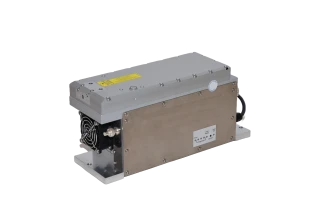
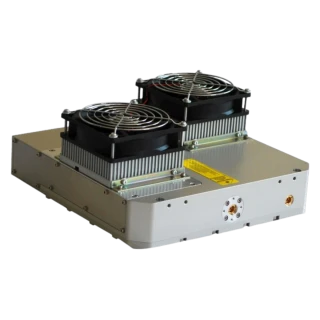
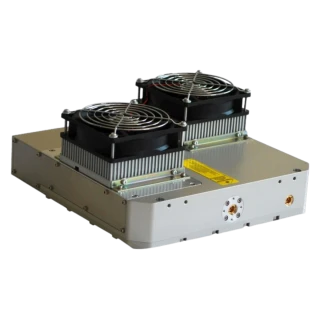
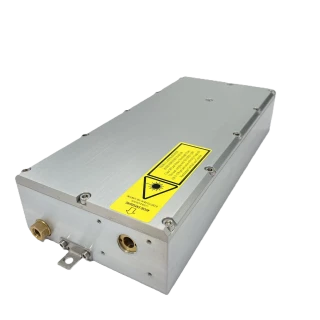
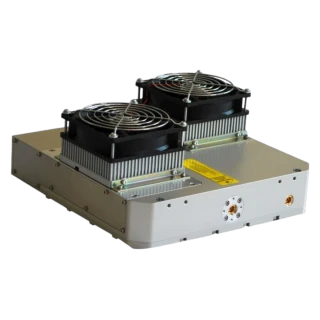
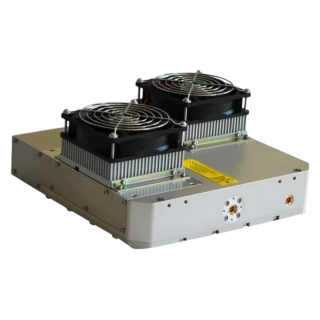
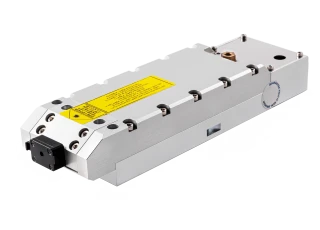
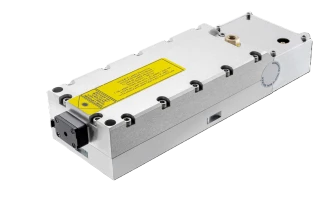
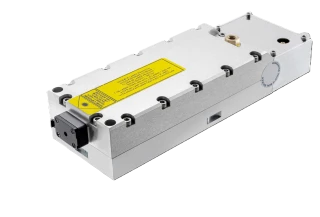
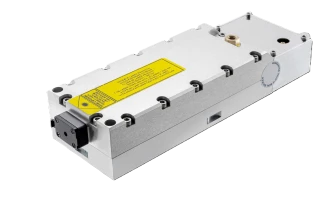
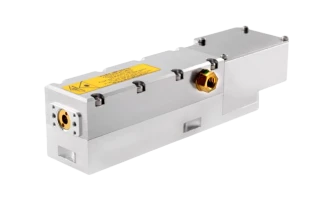
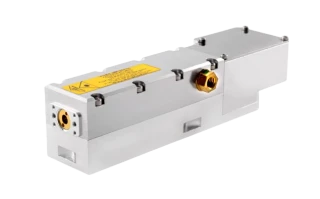
Your inquiry has been received.
Create an account by adding a password
Why create an account?
- Auto-complete inquiry forms
- View and manage all your past messages
- Save products to your favorites
- Close your account anytime — no hassle
